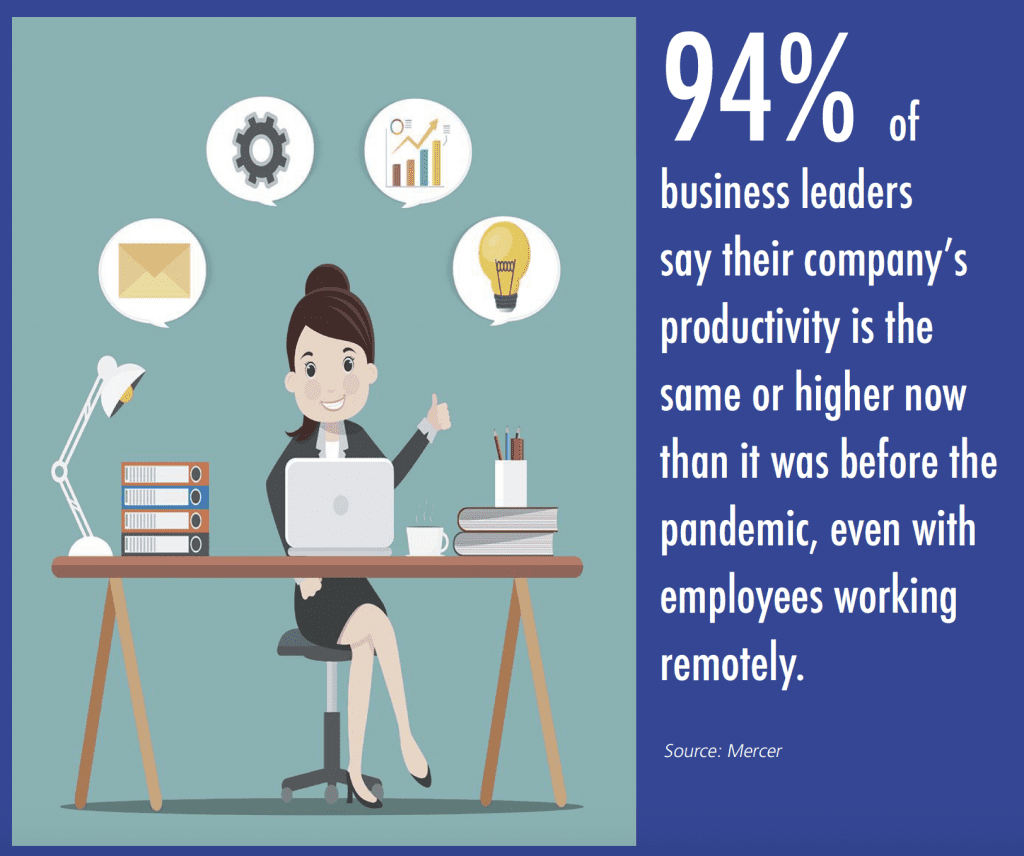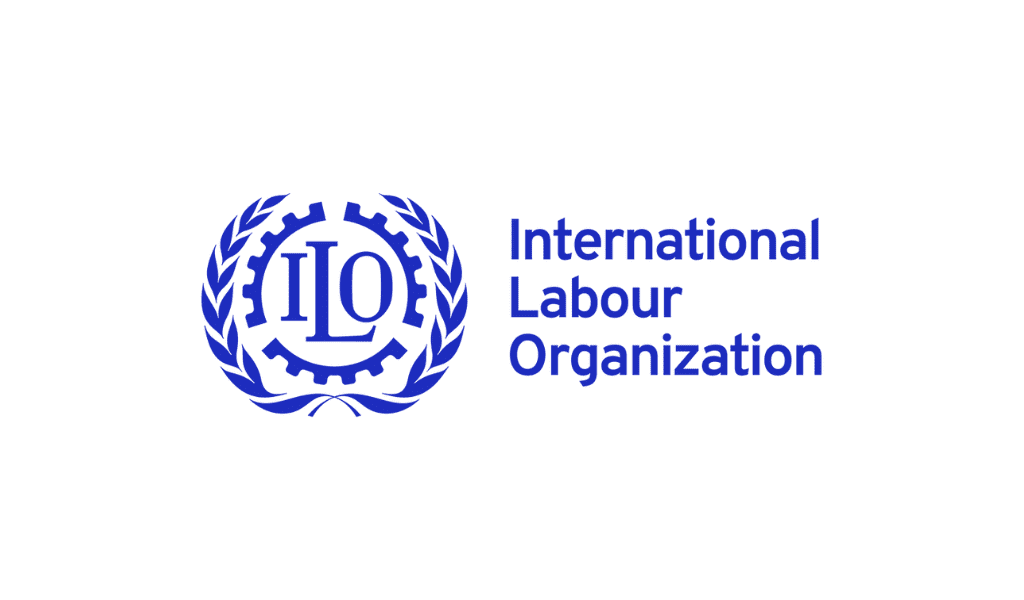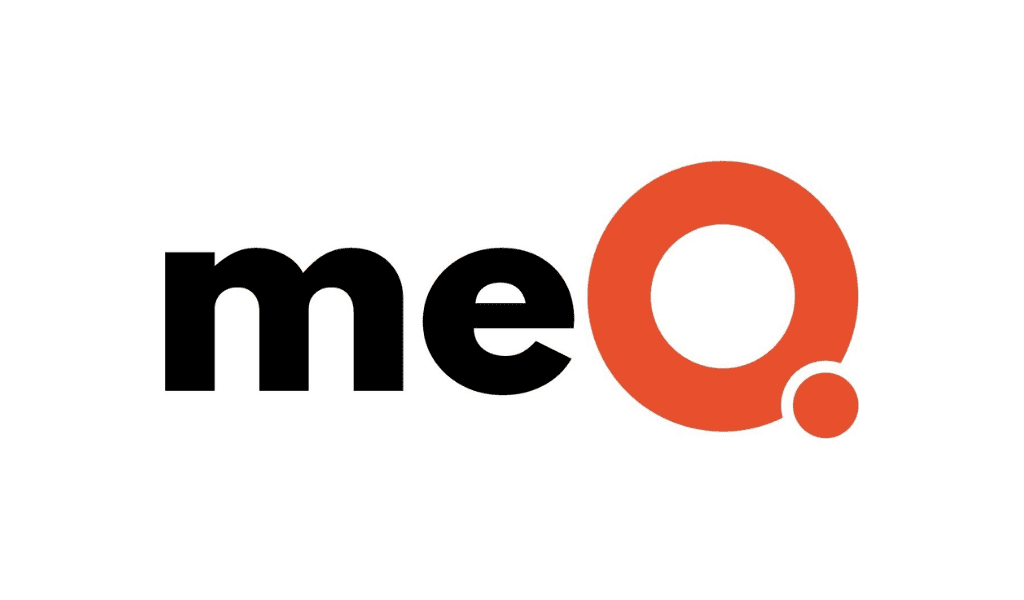Heading into the recovery phase, organizations should consider putting these five measures in place.
By Billie Hartless
The last six months have offered a petri dish experiment for both personal and professional ways of adjusting to extreme change. The abrupt transition to remote wasn’t easy for every employee or organization to make. Even now, the current business operating environment remains challenging. Some lessons are emerging, however, which offer guideposts that HR can look to when developing long-term plans for the new workplace realities. Here are five best practices that have emerged after navigating the pandemic crisis.
1. Develop a backup plan. As the saying goes, “Hindsight is 20/20.” In the early days of the COVID-19 crisis, many organizations learned the hard way about the importance of having a comprehensive crisis plan. Think of it like car insurance. Without comprehensive coverage, an accident can leave the driver with no transportation at all. That’s similar to what happened when businesses were required to temporarily close their physical locations. Those that didn’t opt for full coverage by investing in technology and tools that can be used anywhere -not just at the office -quickly found themselves struggling to maintain operations.
If there’s one lesson organizations must learn from this situation, it’s the importance of business continuity. Always have a backup plan. This should be at the top of every company’s list and that includes support for remote working. It’s time to accept the fact that remote working has moved from a perk to a necessity.
2. Prioritize communication. Before the pandemic, few organizations were running large-scale operations with the majority of their employees working from home. Incredibly, that’s exactly what’s happening these days. When reading about the companies that are successfully navigating this new terrain, there are some commonalities.
It’s not unusual, for example, to find a crisis management team that actively updates employees as decisions are made and plans are solidified. Many companies have also created a central information resource site on their corporate intranets where employees can find out about new developments and get remote working tips to help them stay productive and maintain a healthy work-life balance.
Communications may extend further to include weekly emails from members of the executive leadership team, recapping business progress, acknowledging challenges, and sharing relatable experiences from life in 2020. Supplement these with periodic, virtual town halls to create more opportunities to keep everyone on the same page.
3. Create a feedback loop. The communication flow should also come from employees. Ongoing, open dialogue builds trust and serves as the glue binding the organization together when employees are remote, particularly over long periods. At a time when connections matter more than ever, smart organizations are encouraging employees to engage frequently with managers, each other, and senior leaders. Videoconferencing and online workspaces have not only enabled employees to remain productive away from the traditional office, but they’ve filled the gap in meeting the basic human need for face-to-face interactions during a time when people can’t be together in person. Make the most of this technology to facilitate these very necessary connections. Think about conducting some virtual skip-level meetings to offer employees an avenue for connecting up the chain and consider surveying them as well to gauge their thoughts. Their opinions will prove valuable in helping formulate longer-term strategies around reopening offices, business travel, and remote work.
4. Practice empathy. Pre-pandemic, most employees had only dipped their toes in the remote working waters and weren’t acclimated to doing so on a full-time or nearly full-time basis. By all accounts, they’re managing well. In a recent survey by Mercer, 94% of business leaders say that productivity is the same or higher now than it was before the pandemic. Many employees would like to see the trend continue, albeit in a hybrid form.
Organizations recognize the value gained from having technology that makes remote working possible, but they’re starting to miss the water cooler conversations and camaraderie that comes from being in an office. Working remotely can also be challenging for those caring for someone at home or for parents who are trying to manage school closures. These are trying times and it can be mentally and emotionally exhausting to manage the uncertainties.
Stay flexible and supportive of each other. Realize that technology can also be fatiguing. Institute “no video Thursdays” or designate weekly “walking calls” to give team members a break from their desks and a bit of variety in their day. Remind them to recharge, relax, and engage in life outside of work.
5. Re-examine organizational culture. There’s still a lot of uncertainty ahead and no one really knows what “normal” will look when the dust clears. What remains certain, though, is just how integral employees are to an organization’s success. Don’t let the upheaval distract focus from the proper care and feeding required to preserve a strong organizational culture. Continue to nurture it and use today’s disruption to press the reset button. Examine whether the organization’s values still resonate and how these new ways of working and interacting will impact them now and in the future.
Informal employee feedback can serve as a temperature gauge or it might be time to assemble a team to determine whether an overhaul is needed. If the latter is in order, a company-wide survey with open-ended questions and focus groups featuring diverse cross-sections of the employee base will deliver the kind of direct, open, and passionate opinions on which truly solid cultures are built.
Despite the unknowns, organizations are getting their bearings and putting measures in place for moving forward. Heading into the recovery phase, there’s likely to be a return to some in-office working, but the future of work will not be a pre-2020 redux. Expect hybrid approaches to take hold. The taste of flexibility isn’t one that employees will forget. With this year as a sort of training ground, organizations can begin to plan for the workplace to come.
Billie Hartless is CHRO of Mitel.















